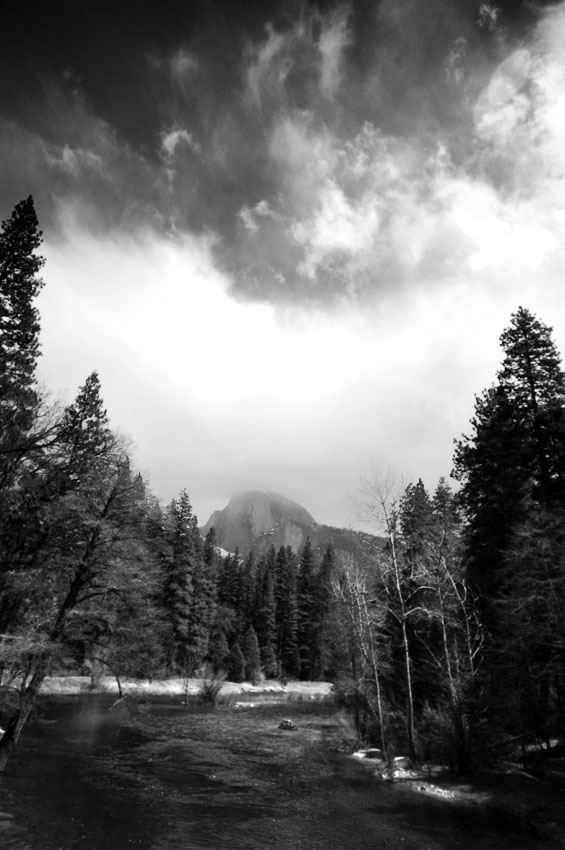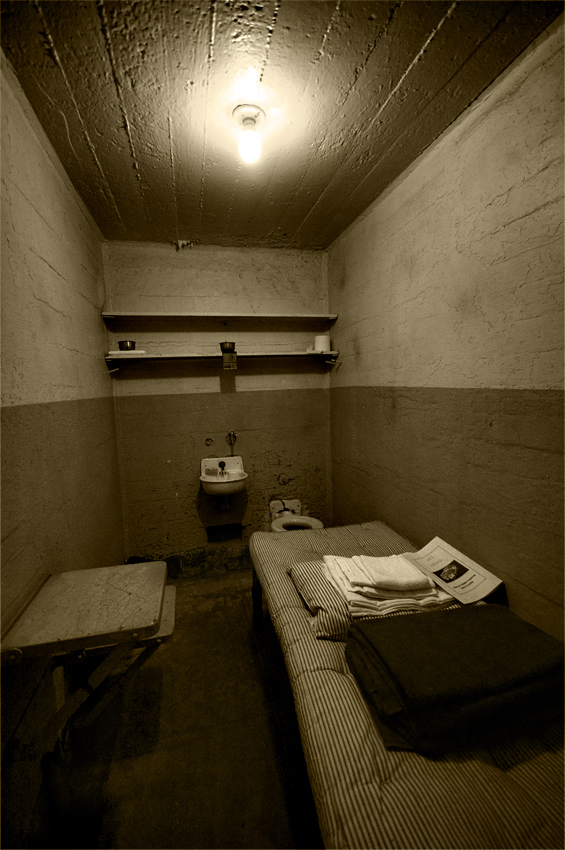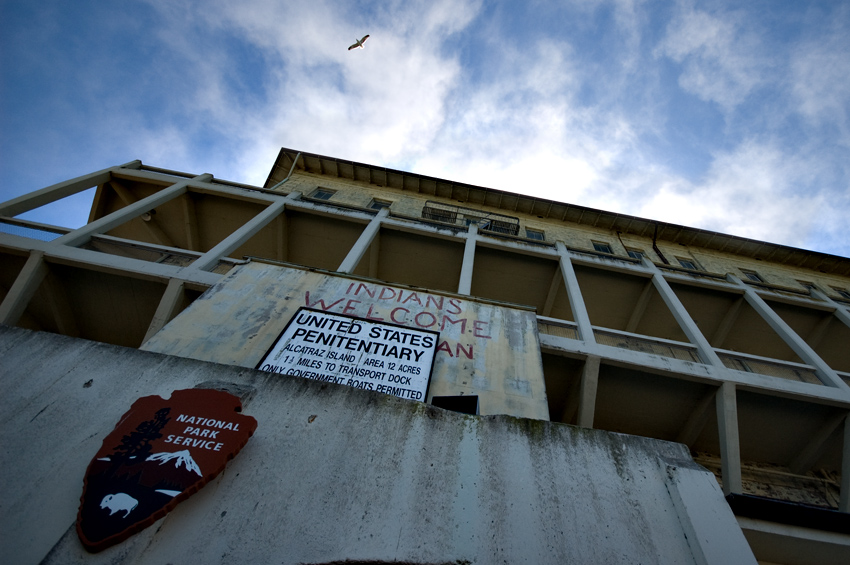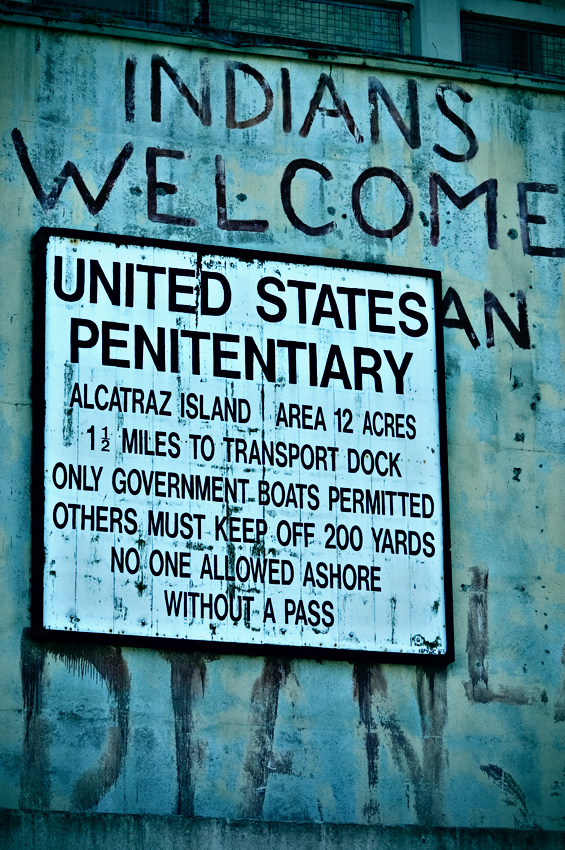Yosemite Leaning Tree
Yosemite River 2
Yosemite Falls
Yosemite Blue Flower
Yosemite River
Yosemite Tunnel
Seaweed
Exchange 2007 Powershell fun

We needed to setup about a hundred new users in our Exchange 2007 environment. Rather than create each user individually I researched how to import the users from a CSV file. To do this you need to download and install Quest Software’s free active directory powershell commands.
Here is the script I finally ended up with:
$OuBorn = ‘OU=OrganizationalUnit,DC=MyDomain,DC=com’
$Freshmen = ‘C:\ImportUsers.csv’
import-csv $Freshmen |`
where {new-QADUser -ParentContainer $OuBorn `
-name $_.name -sAMAccountName $_.sAMAccountName `
-City $_.city -Company $_.Company -Department $_.Department `
-FirstName $_.FirstName -LastName $_.LastName `
-StreetAddress $_.StreetAddress -State $_.State `
-Title $_.Title -userPrincipalName $_.userPrincipalName `
-userPassword $_.userPassword -DisplayName $_.name `
-Office $_.Office ; enable-QADUser $_.name `
}
The first 2 lines setup where you are creating the new users and the path to the file you are creating them from. Line 3 through the end is the main work. This will create users populated from a CSV file and fills in the First and Last name, City, Company, Department, Street Address, User Principal Name, Password, Display Name and their Office. Finally it also enables the user account. (Note: take notice of the ` at the end of each line in the main script. This allows you to write the script in a text editor and use multiple lines which helps with readability)
I created the users into a new OU so I could keep track of the users and make it easier to work with just those accounts. You could get fancy and add to the script to make the mailboxes and such but I just decided to make the users and then use the Exchange GUI to make the mailboxes since you can pick a whole OU of users and generate mailboxes from there.
One problem I ran into was I tried to give all of the user accounts a generic password and then set the “User must change password on next logon” flag. This worked but these users will only be logging onto the network using Outlook Web Access. Exchange 2007’s Outlook Web Access get’s stuck and won’t let the user logon to change the password unless you first logon to the account then set the “User must change password on next logon” setting. Since I didn’t want to have to log onto 90 something user accounts I just generated their password for them and it’ll prompt them to change the password in 6 months.
Here is a sample CSV file that I used for testing.
Also I wanted to restrict these new users from receiving email from outside the organization to cut down on potential spam. I did this by using the following powershell:
Get-Mailbox -OrganizationalUnit “NewUsers” | Set-Mailbox -AcceptMessagesOnlyFromDLMembers “All Company Email”
So we have a dynamic distribution list called “All Company Email” that has everyone in the organization in it. This script restricts everyone in the NewUsers OU (by using the Get-Mailbox command) to only be able to receive email from those in the “All Company Email” distribution list.
Beach shell
Alcatraz cell
Alcatraz
During my recent visit to San Francisco I had a chance to visit Alcatraz. Alcatraz was a federal prison up until 1963 and is located on an island next to San Francisco. It was an interesting site to visit for sure.
Indians Welcome
Golden Gate Fog
Charger by the Coast 002
Charger by the Coast
California Coast Road
The Golden Gate Bridge 002
The Golden Gate Bridge
A couple of weeks ago I went to San Francisco to attend a seminar. We had a few extra days to go site seeing and we wore ourselves out. It was a blast and I really enjoyed San Francisco. It’s hard to get a feel for just how big this bridge is. Look on the bridge and you’ll see the cars going across and from those you can get a small sense for the size. What was wild was that at times a fog would roll in and you wouldn’t be able to see the bridge at all.
I need a beer
Mannequin girl
Violin player
Face Drawer
VB.net check for existence of files and or folders

Add this to check the existence of a particular file:
Dim sFileName As String
sFileName = “C:/text1.txt”
Dim fFile As New FileInfo(sFileName)
If Not fFile.Exists Then
MessageBox.Show(“File Not Found”)
Else
MessageBox.Show(“File Found. File was created on: ” & fFile.CreationTime)
End If
Add this to check the existence of a directory:
Dim sDirName As String
sDirName = “C:/temp”
Dim dDir As New DirectoryInfo(sDirName)
If Not dDir.Exists Then
MessageBox.Show(“Directory Not Found”)
Else
MessageBox.Show(“Directory Found. Directory was last accessed on: ” & dDir.LastAccessTime)
End If
San Francisco Street Performers
San Francisco Street Reggae
San Francisco Break Dancers 2
San Francisco Break Dancers
Mr. Crain in San Francisco
Brandon was totally oblivious that I had even taken his picture.




























